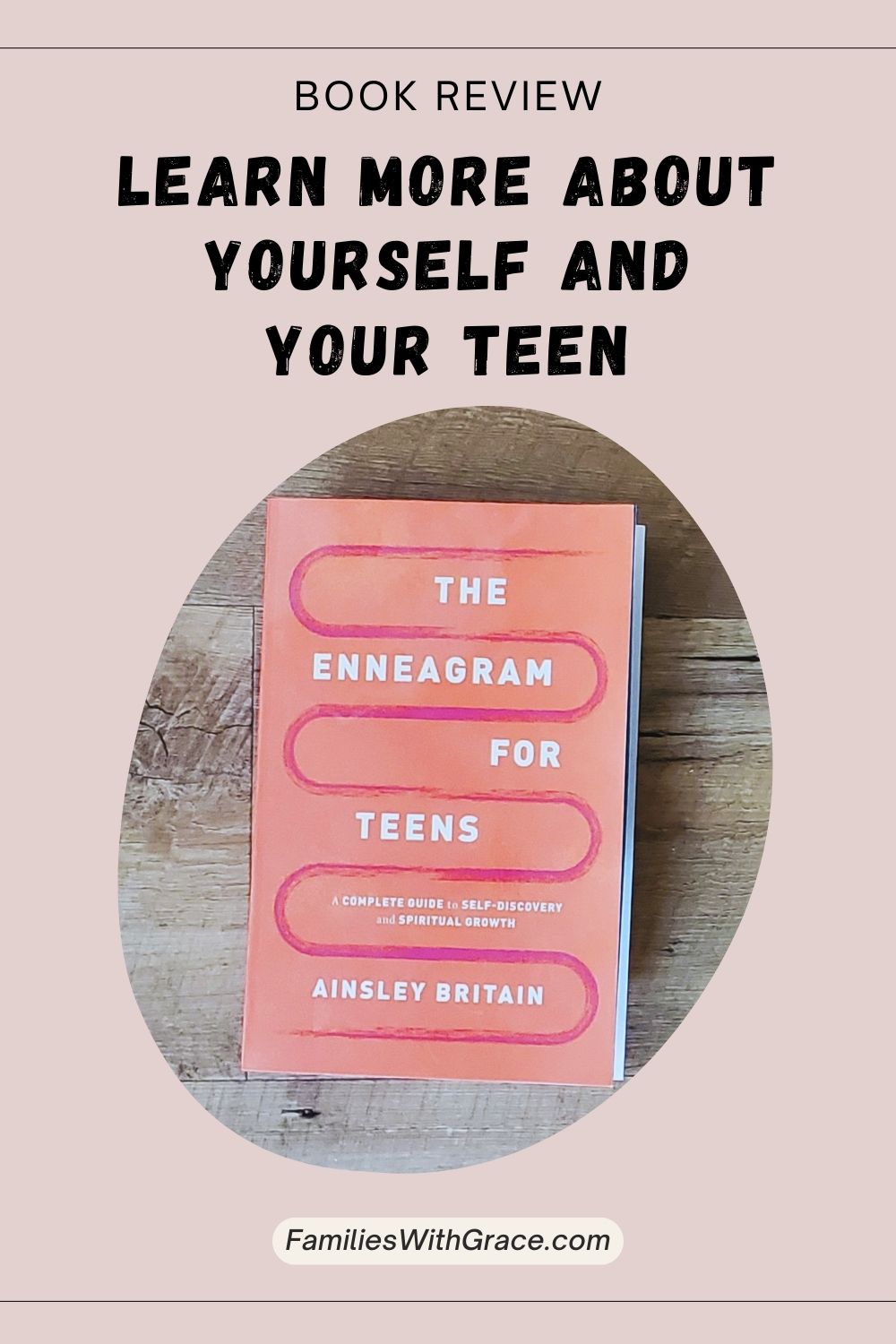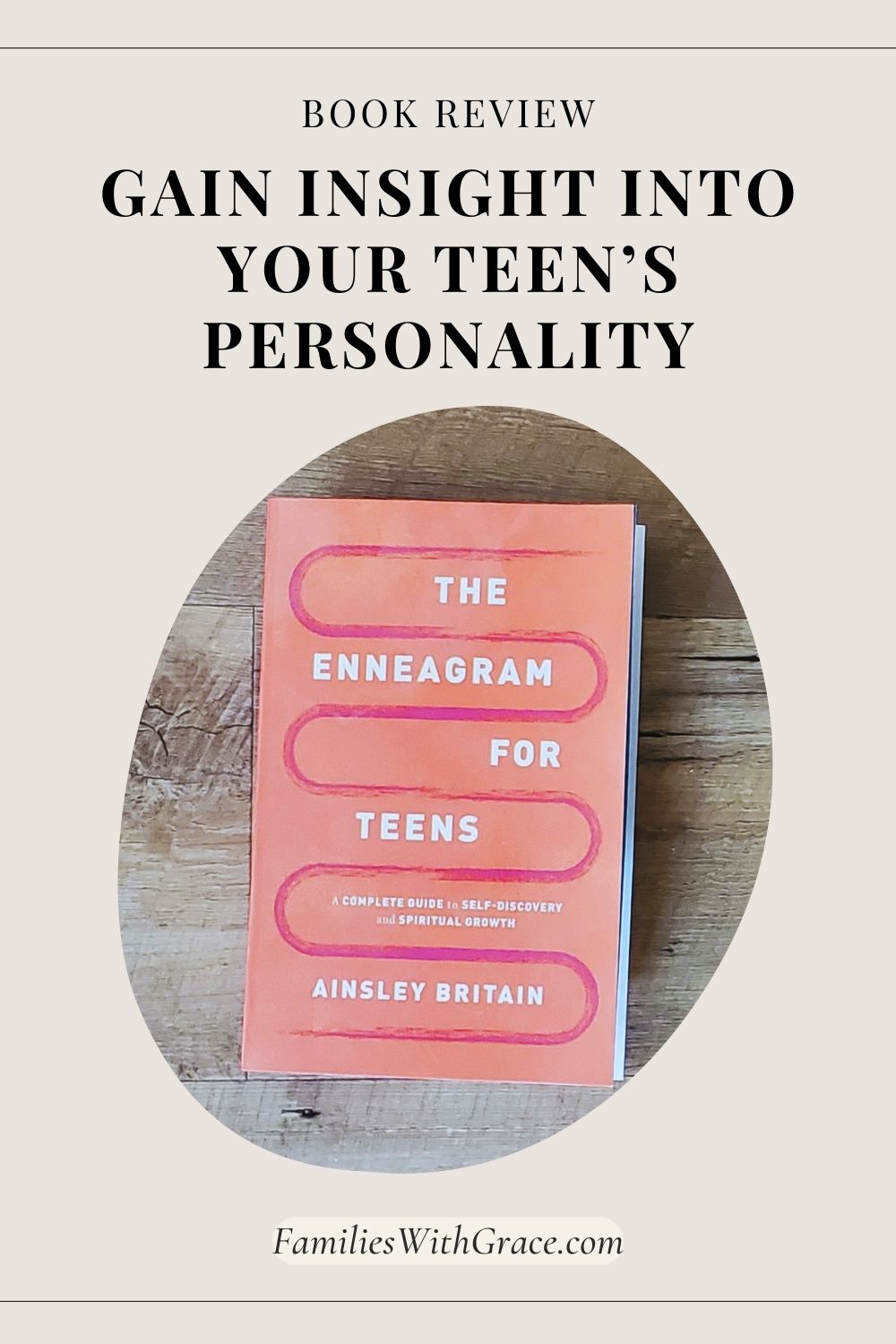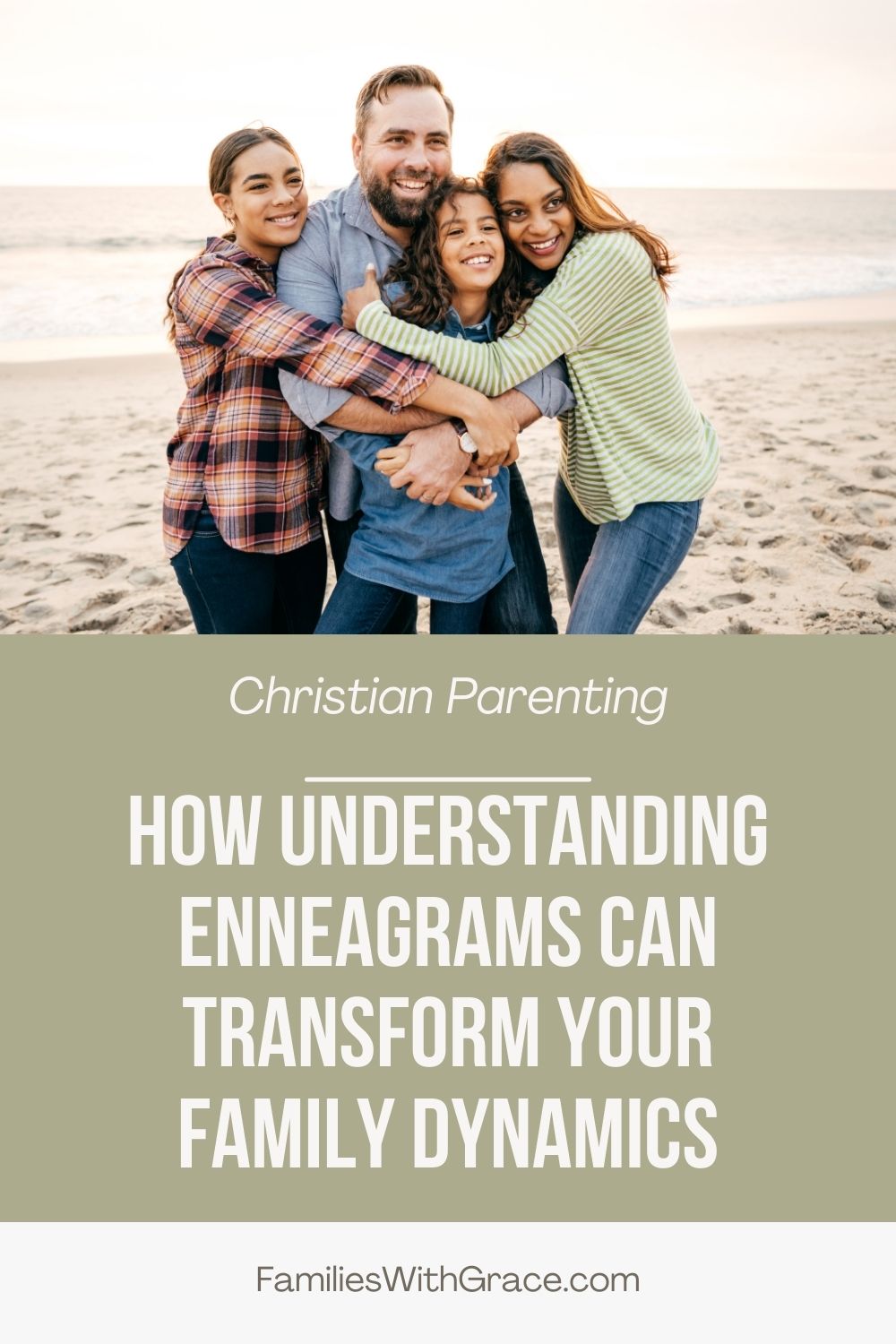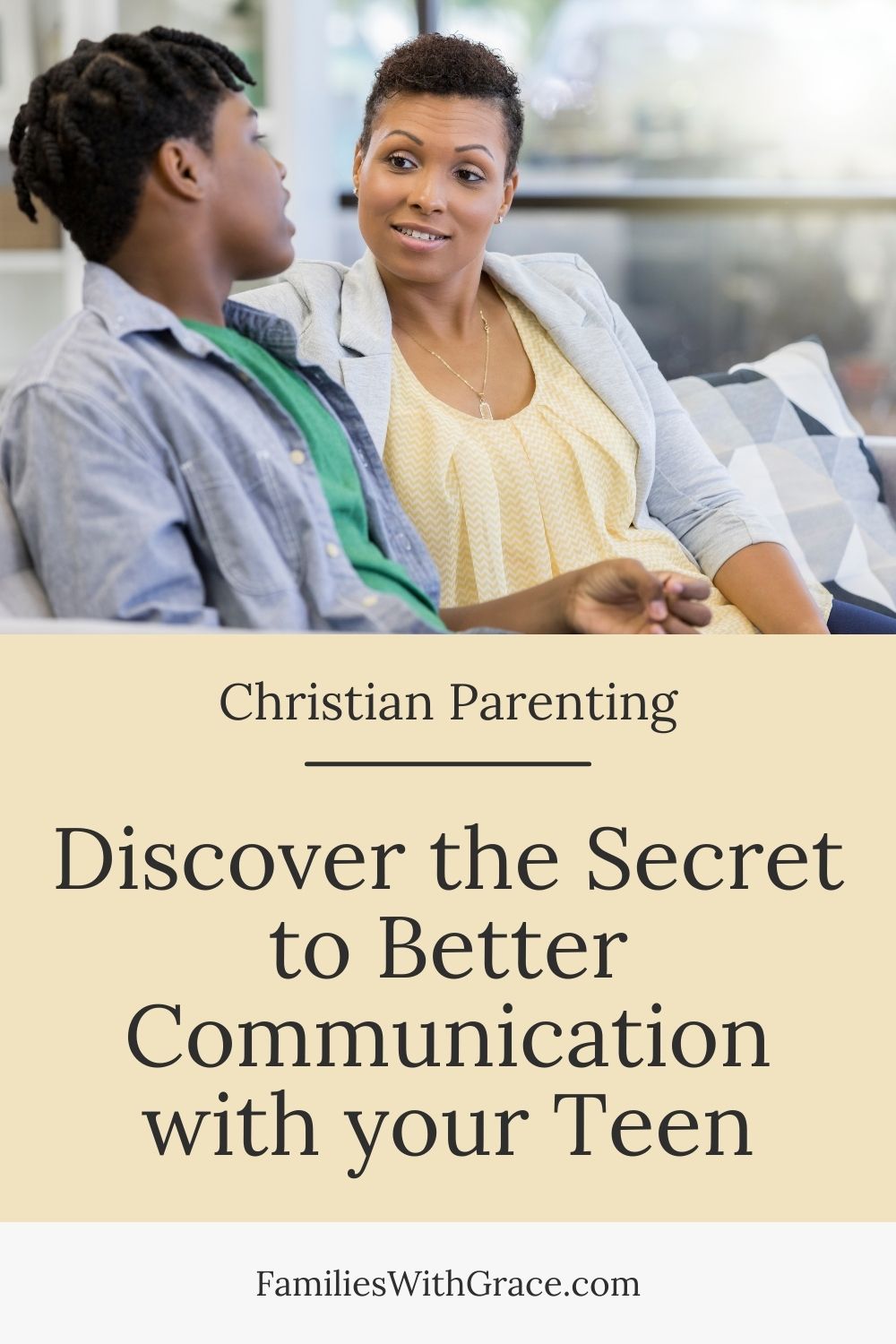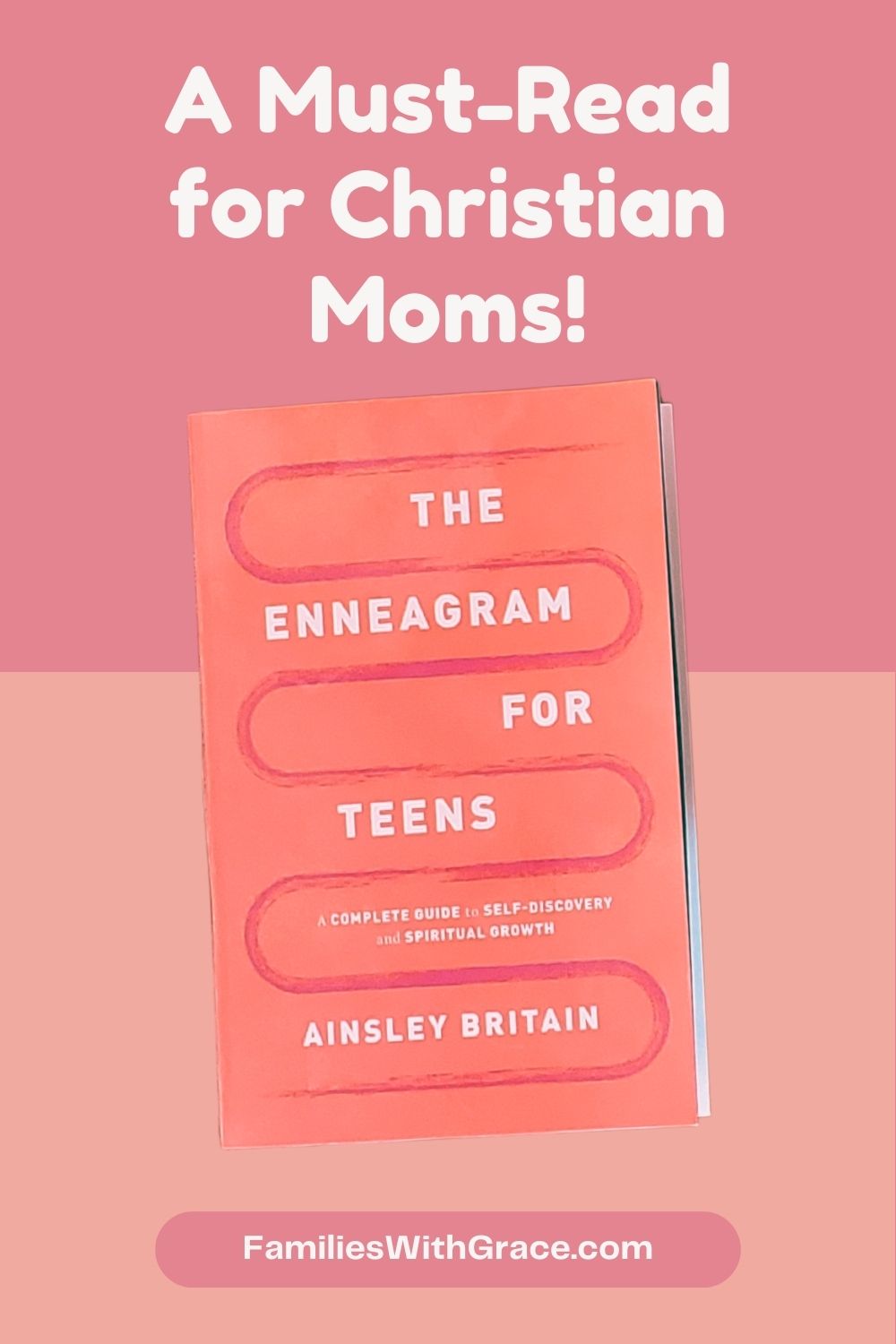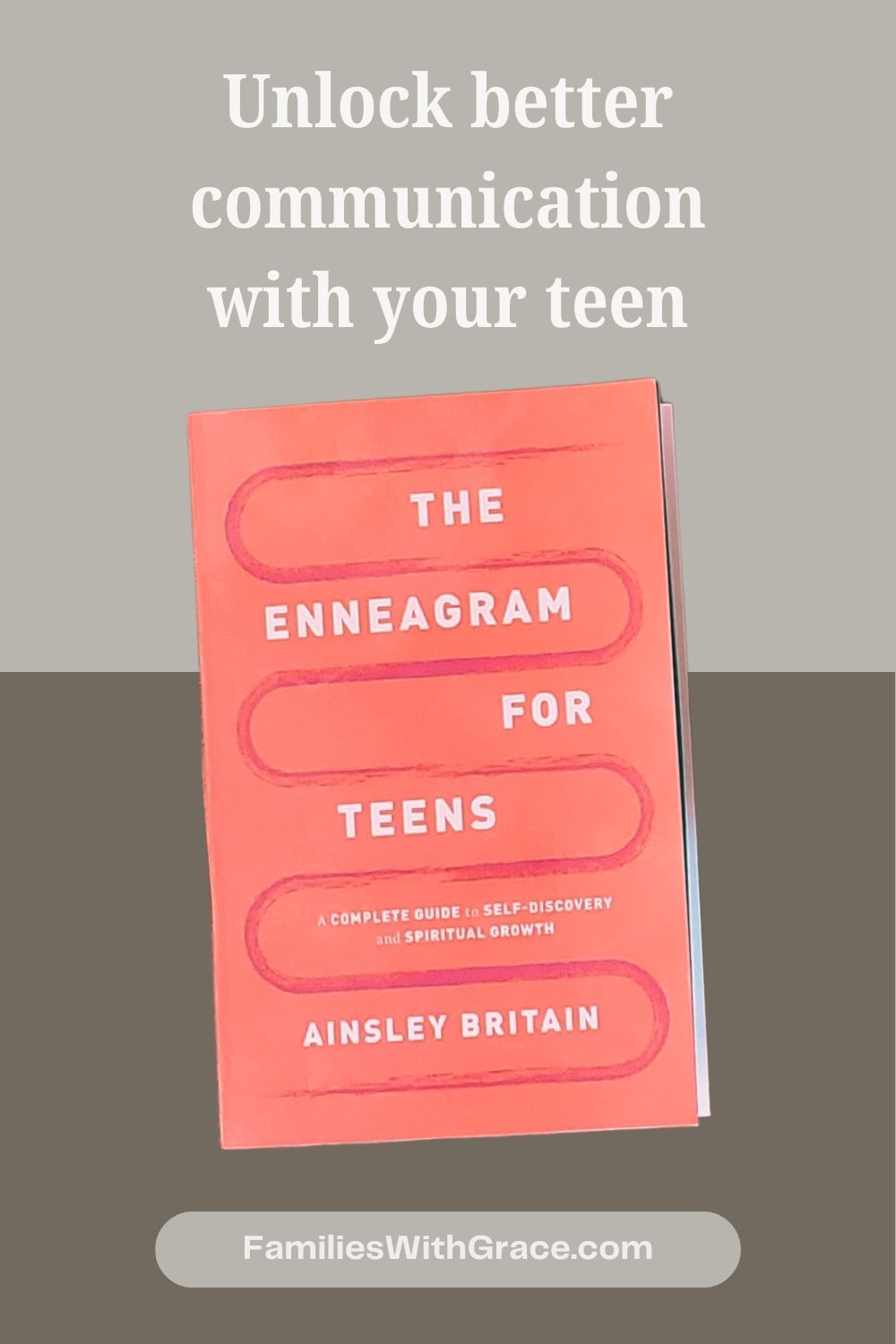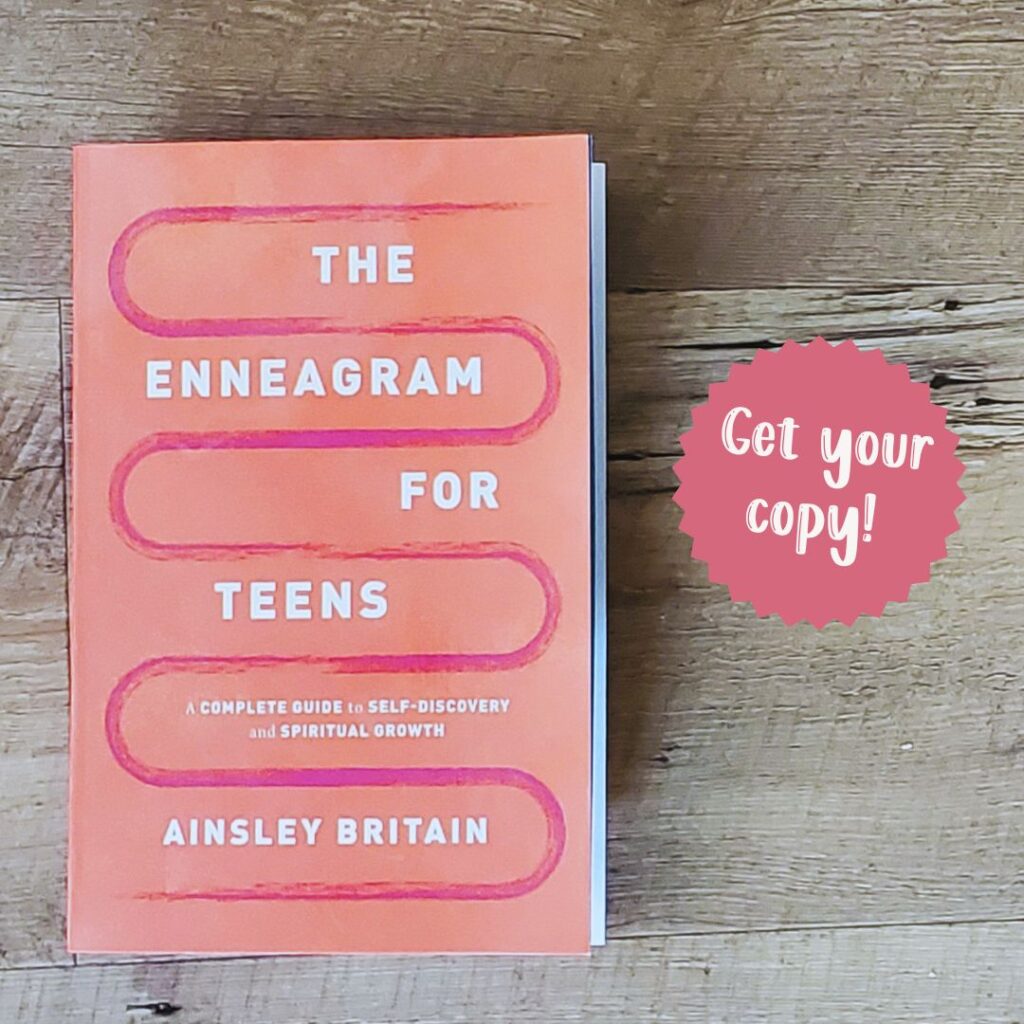How understanding your teen’s enneagram can help you connect more
This past school year, my daughter completed a unit in which her class took all sorts of personality tests. We talked about her enneagram type a little bit afterward.
I thought it was a pretty neat activity to do with a group of middle schoolers. So when I came across an opportunity to review “The Enneagram for Teens” from Ainsley Britain, I jumped at the chance.
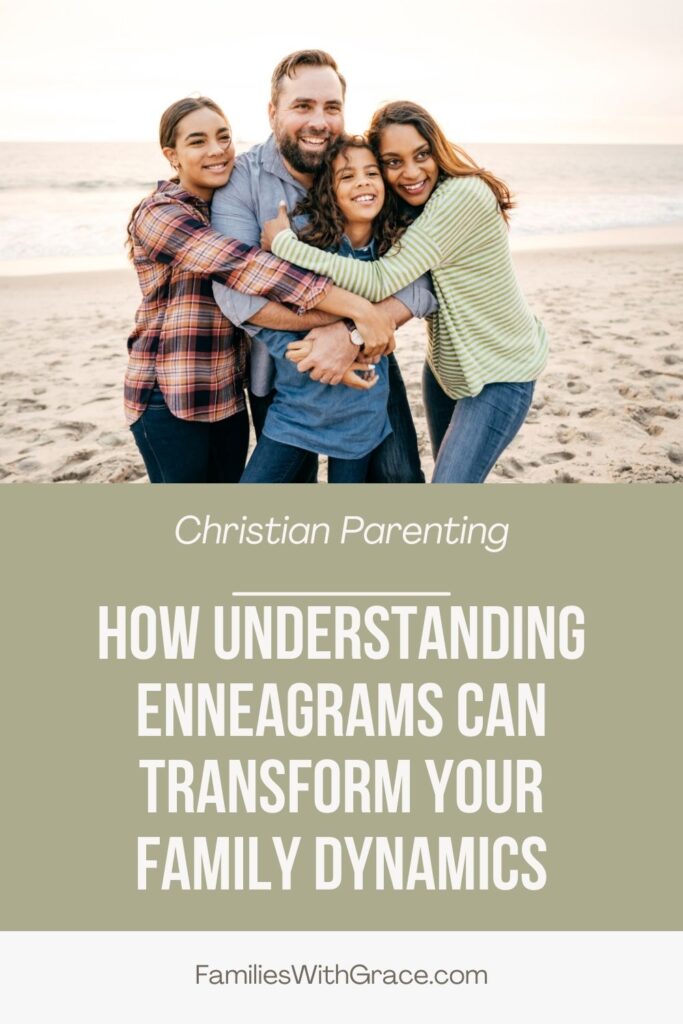
I figured it’d be something my incoming high school freshman daughter and I could talk about, especially because it approaches enneagrams from a Christian perspective.
What I didn’t expect, however, was how much I’d truly enjoy and appreciate the book myself!
Affiliate links are used in this post, if you make a qualifying purchase via my link, I receive a small percentage of the sale at no additional cost to you. It helps support my blog, so thank you for your support! Read my full disclosure here.
I received a copy of “The Enneagram for Teens” at no charge in exchange for providing a review and social media posts about it. All opinions, however, are completely my own and not influenced by the free copy.
Learning about enneagrams
I wasn’t completely unfamiliar with enneagrams, but I didn’t know a huge amount about them either. I still am no expert by any means.
But, as I sat down to preview “The Enneagram for Teens” before showing it to my daughter, I got sucked into the introduction and explanation of enneagrams.
Basically, enneagrams are a tool to help you understand yourself better. They go into your motivations, fears, strengths and weaknesses.
In this particular book, they also relate to your faith and how you connect with God.
What I really appreciated is how conversationally and clearly Britain communicated this message. The book may be written for teens, but this 40-something mama sure learned a lot and appreciated it!
Figuring out your enneagram
There are nine different categories or types of enneagram that are each numbered:
- The Moral Compass
- The Helper
- The Heroic Leader
- The Unique Creative
- The Deep Thinker
- The Loyalist
- The Adventurer
- The Challenger
- The Gentle Peacemaker
So the biggest question is which enneagram type you are. My personality is such that I like concise answers when I can get them. I wanted a quiz to tell me my enneagram type.
I headed to Britain’s website to check out the enneagram resources she offers to determine your type. Two charts of simple decisions allow you to narrow down your type.
I had trouble deciding on my answers and whether they were accurate. (I’d guess this is probably a pretty common issue for my enneagram type, even though the book doesn’t actually say so.)
Each chart gave me a different enneagram number: 5 and 9. Britain recommended reading through the chapters about each type in her book and deciding which resounded with you more.
However, I really wanted to be sure. Was I a 5 or a 9? I found a free online enneagram quiz to tell me my type.
It told me I was a 5. With two 5s and only one 9, I figured I’d start with the type 5 chapter. The description and first couple of pages seemed familiar.
I stopped a couple of pages in to see what type 9 had to say. I was blown away and read the entire chapter for type 9s.
It described me eerily well. I got choked up a few times in recognizing myself on the pages.
The type breakdown
The real treasure of this book is in the enneagram chapters. The things I’ve read other places about enneagrams have been a bit more text-bookish.
“The Enneagram for Teens” is engaging, to say the least.
The chapters begin with examples of two different people of that enneagram type and how they might behave in certain situations. Then Britain outlines exactly what makes up that enneagram type, including what they’re known for, their deepest fear, messages real or perceived learned in childhood and their core desire.
Next she dives into what a healthy, average and unhealthy people of that type look like.
Understanding these different behaviors we have a tendency toward helps us work on self-improvement. We all experience each degree at different times in our life from unhealthy to average to healthy.
Britain goes into some more helpful details and then has a section for each enneagram type about how to get along with them.
This is the meat for us as parents. If you can identify your child’s enneagram type, this book gives you a general outline for how to best communicate with them and meet their needs. Light bulb moment!
Each type also includes ideas of careers that work well and ones that don’t, what it’s like being in love as that type and how they interact with family and friends. Again, these are important to understand about ourselves and our children.
What I love about this book is each type also has a section regarding faith and the things each type might struggle with in their faith walk along with suggestions on how to overcome those struggles.
The chapters each end with advice for that enneagram type, including a letter and a challenge.
The letter
I don’t want to gloss over the letter for each type. It’s only a few paragraphs long, but it gets to the heart of the matter for each type of enneagram.
Based on the letter to type 9s I read, I can only assume the rest are just as touching and poignant for their types. I felt seen, heard and understood.
I say that as an adult. I love the chance for my kiddos to get that feeling as well!
How to use “The Enneagram for Teens” as a parent
Honestly, I loved this book for myself. However, reading it as a parent makes me appreciate it all the more.
I know my daughter’s enneagram type, because she told me. I read through the whole chapter about type 2s and learned a lot.
Since each enneagram type chapter starts with a list of 10 characteristics for that type, I think I would have sorted out her type without her telling me.
While I will let my daughter have this book to read through on her own and relate to her own type as well as maybe her friends or family, I am thankful for it as a mama.
I was able to find new ways to relate to my kiddo. One of my goals as a mom is to meet all of my children’s needs — emotionally and physically.
My sensitive self and I are pretty good at sensing their emotional needs; I’ve learned when they need grace more than discipline, for instance.
Yet, I want to make sure I’m truly speaking their love language and helping them grow into strong and healthy versions of the unique people God has made them.
Surprisingly helpful
If I’m being completely open, I’ll also tell you I figured this book would be OK and maybe helpful a bit. I wasn’t overly confident about its helpfulness and perhaps a bit skeptic.
But just perusing the pages and getting sucked in as easily as I did, I was pleasantly surprised. It is definitely a more helpful parenting tool than I expected it to be.
Read more about parenting tweens and teens!
